CROSS-HOLE SEISMIC TEST – Cross Hole Seismic Testing Procedure
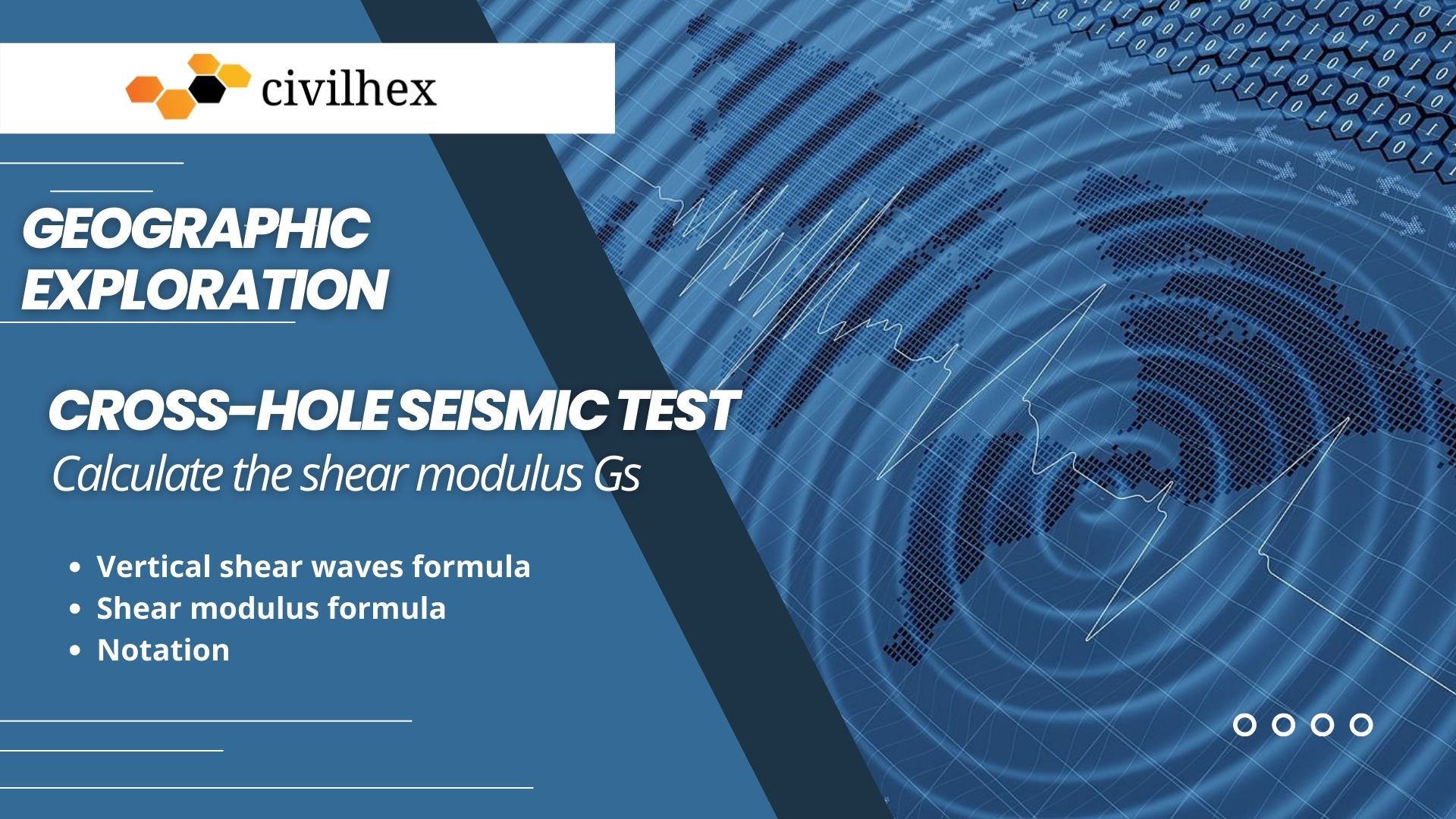
CROSS HOLE SEISMIC TEST
The cross hole seismic test is a part of geophysical exploration. The cross-hole seismic test can effectively determine the velocity of shear waves created as the result of an impact on a given soil layer.
The fundamental of the cross-hole seismic testing procedure is illustrated in Figure 3.47, which shows two drilled into the soil a distance L apart. A vertical impulse is created at the bottom of the borehole using an impulse road. A vertically sensitive transducer records the shear wave which is created from impulse. The vertical shear waves can be calculated as the following formula:
\tag{3.82}{{\upsilon }_{s}}=\frac{L}{t}Where t = travel time of the waves.
The shear modulus Gs of the soil at the depth at which the test is taken can be determined from the relation
{{\upsilon }_{s}}=\sqrt{\frac{{{G}_{s}}}{(\gamma /g)}}\tag{3.83}{{G}_{s}}=\frac{\upsilon _{s}^{2}\gamma }{g}Where
= velocity of shear waves
γ = unit weight of soil
g = acceleration due to gravity
The shear modulus is useful in the design of foundations to support vibrating machines and similar things.
Cross Hole Seismic Testing Procedure
Reference:
Principles of Foundation Engineering (Ninth edition, 2019), “Braja M. Das, University Sacramento”, “Nagaratnam Sivakugan, College of Science & Engineering James Cook University”
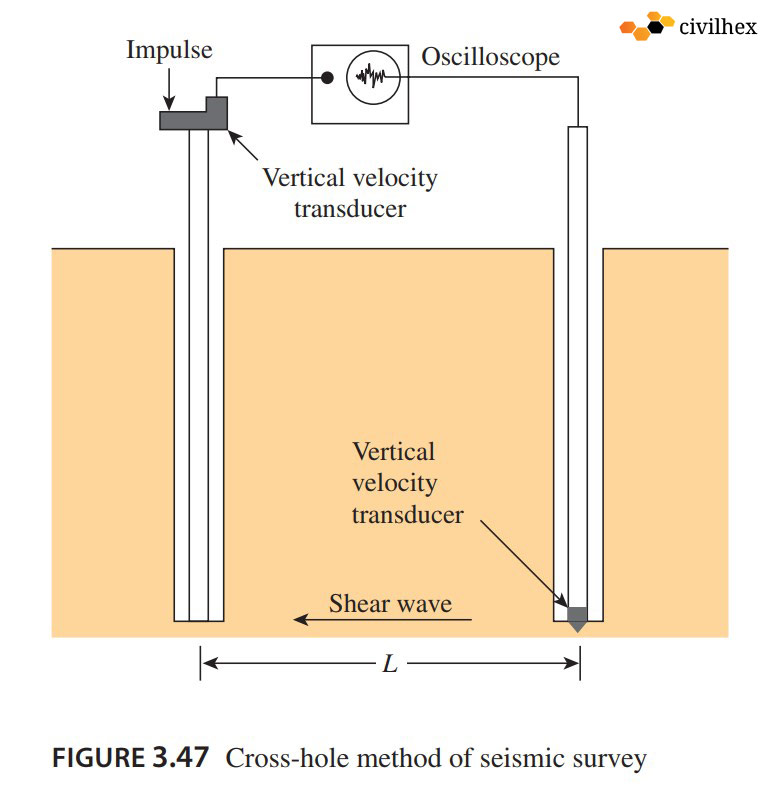
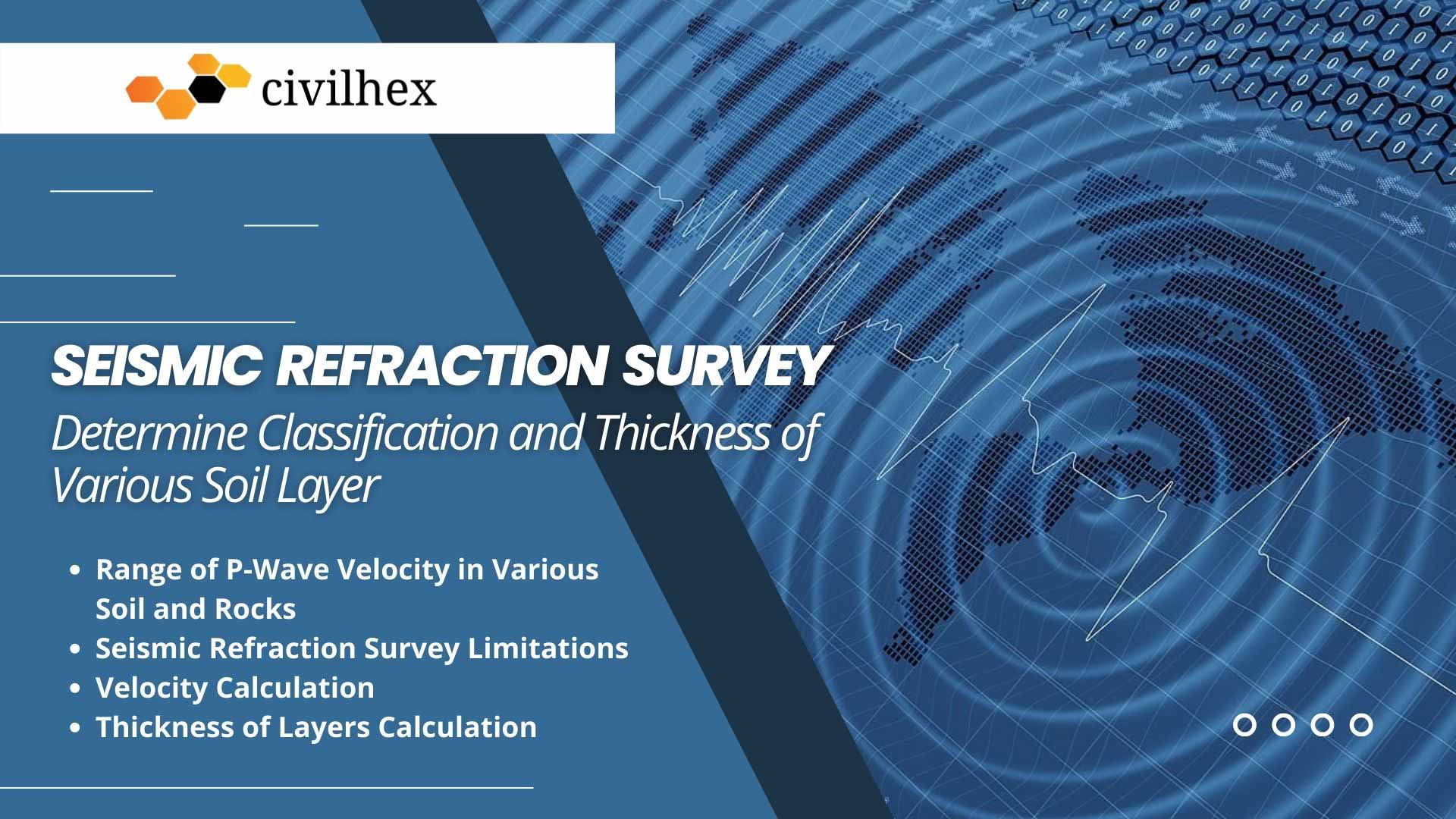

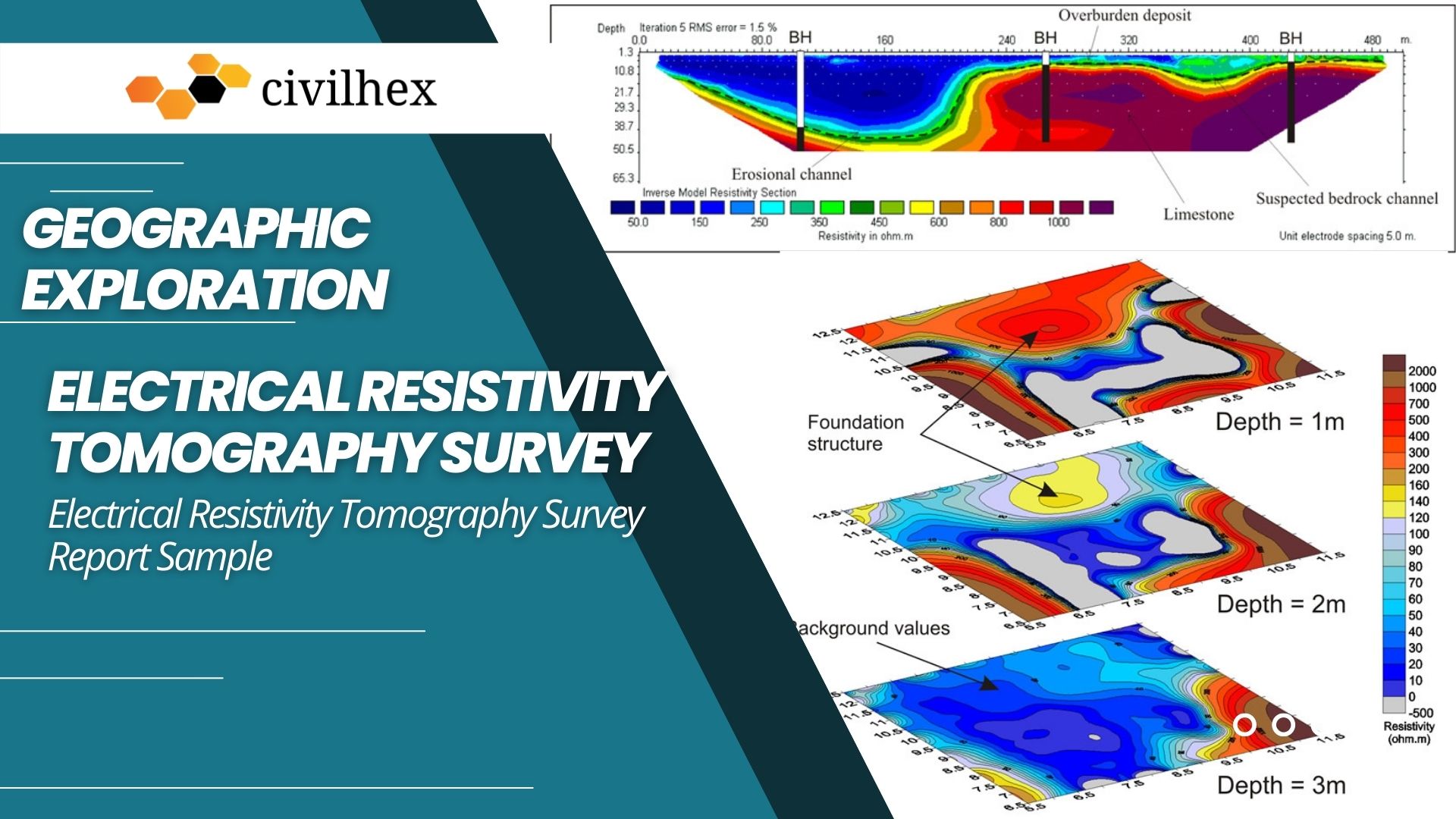
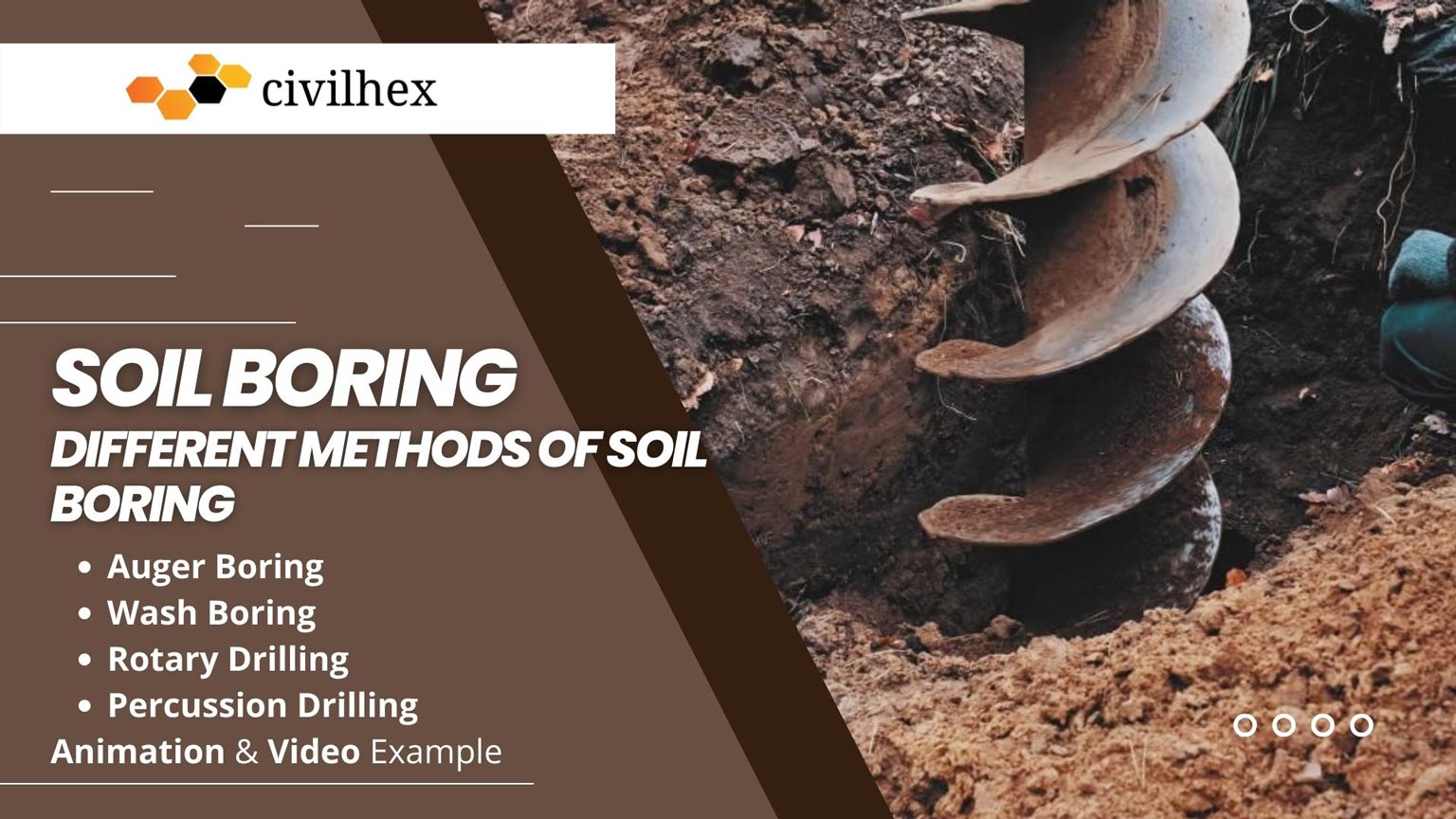
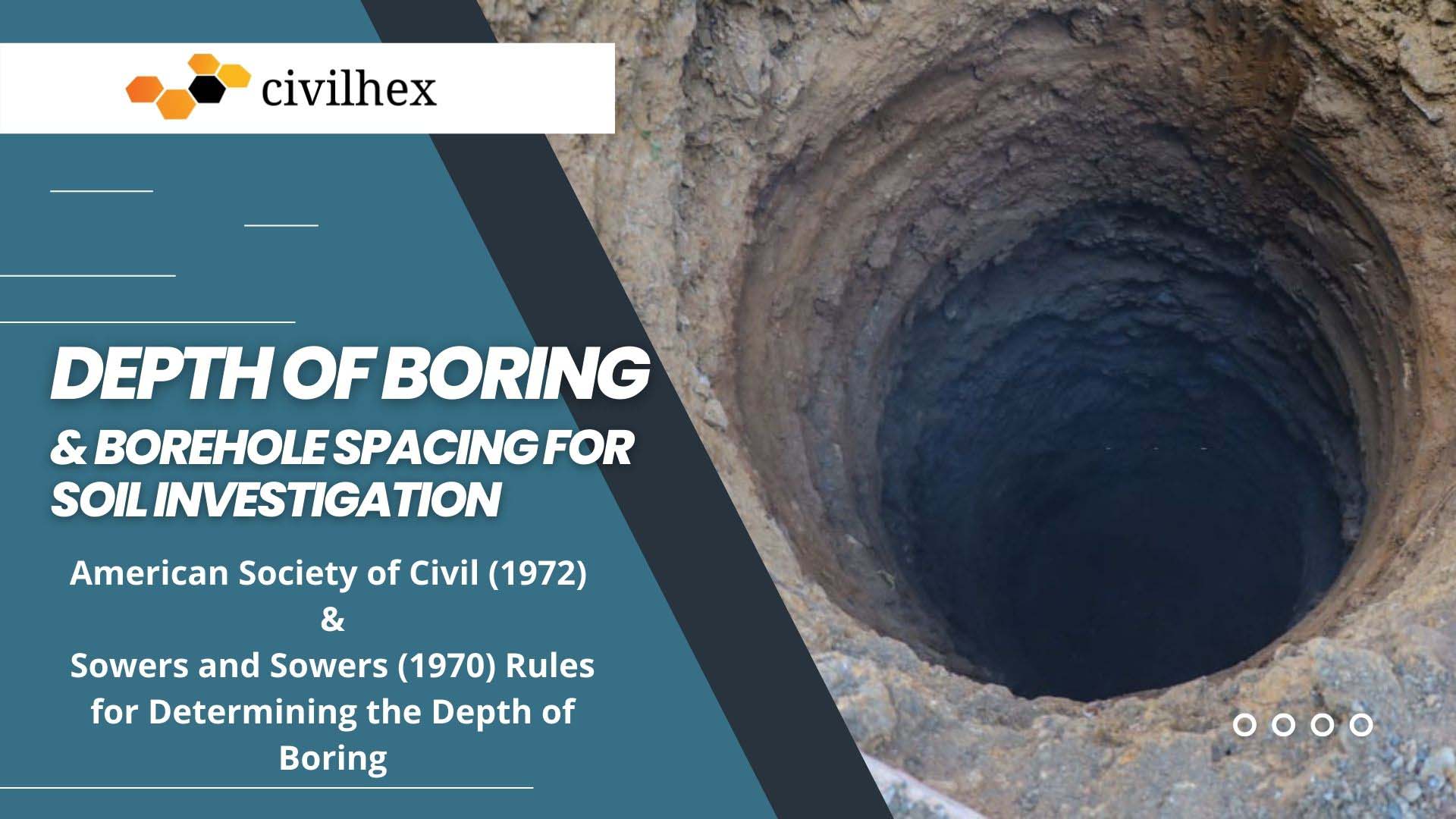
Responses